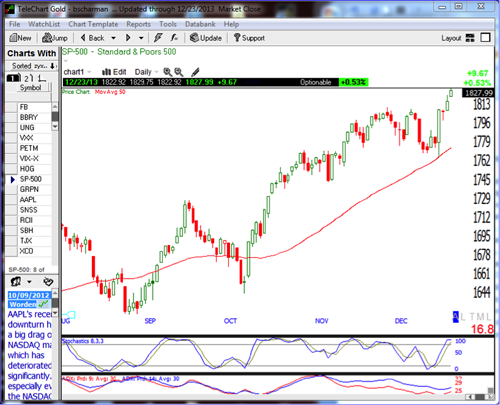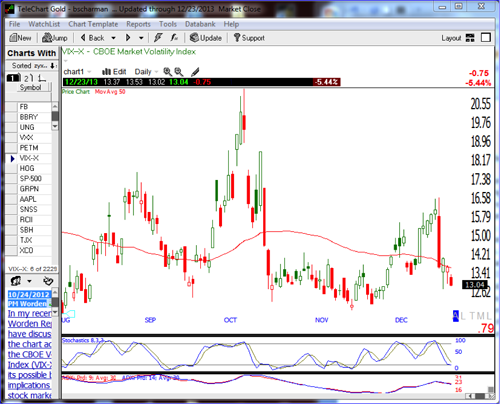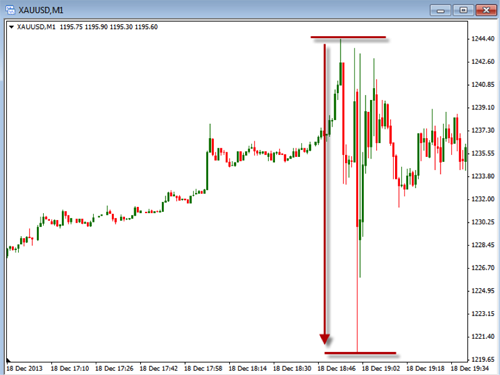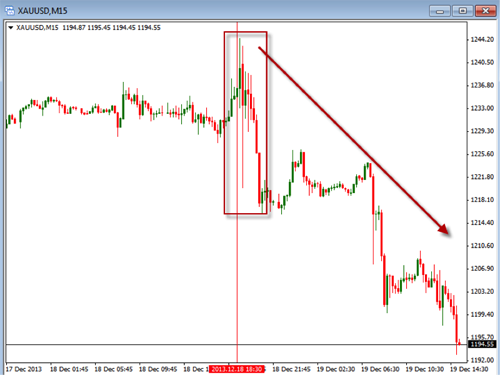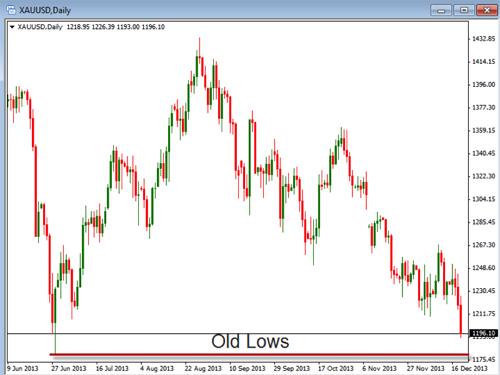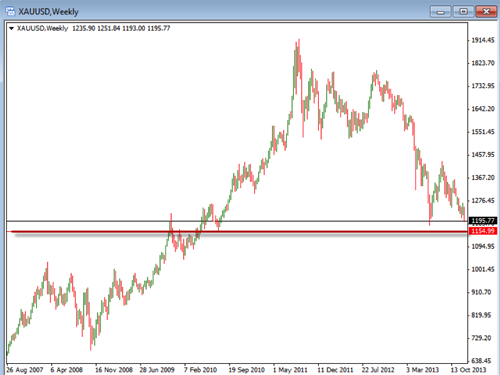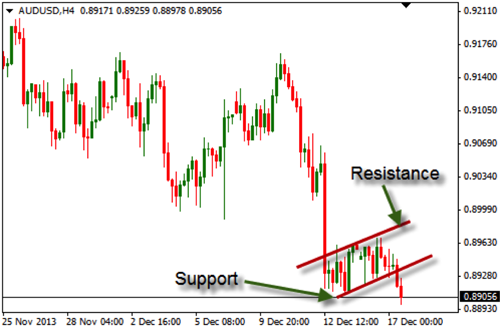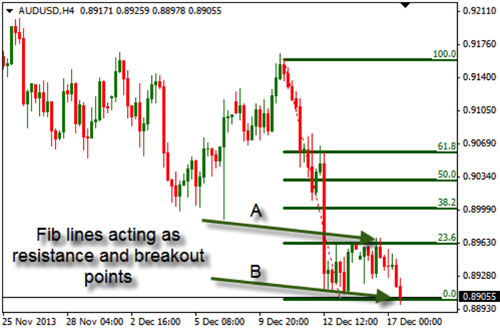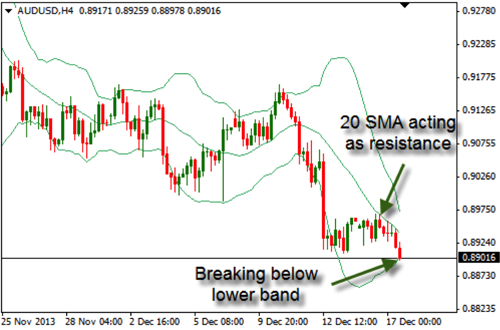Trading options is very appealing to a lot of traders because you can get a lot of bang for the buck. What I mean is that the lower cost of options will typically require the trader to commit far fewer dollars to an options trade versus a stock trade, while having the potential of making a larger profit on a percentage basis. The problem that many traders face is that they do not fully understand what options are and what options trading is all about. So trying to figure it out on your own can be a daunting task, not to mention very costly. Based purely on reputation, options can be very scary because there is a possibility of taking large losses very quickly. This simply means that a beginning options trader must learn, first and foremost, how to protect themselves properly on every trade that they make.
There are several ways that options trades can be done with all kinds of exotic names and all kinds of complicated strategies, but, for a beginner, always make sure that you have a covered position, which means that your risk is limited. This is as opposed to an uncovered or naked position, which means that your risk is not limited and you do not control it.
When you open a regular stock trading account with a broker you will typically open what is called a cash account, which simply means that all of the transactions in the account will be covered with the actual cash that is in the account at the time. If you do not have the cash in the account at the time to make a particular transaction, you simply cannot make the transaction until another security in the account is liquidated to free up some cash or until you deposit more cash into the account. If you want to trade options, you will be required to open what is called a margin account, which means that the broker may be extending you credit. The broker may be loaning you money or securities in a margin account so there is the possibility that your losses may exceed the actual amount of cash that is in the account. Because of this, the broker will have to check you out to make sure that you are financially able to cover any losses that the account may incur. This will require a credit check and you must disclose your assets to the broker so they are comfortable that they will not lose money because you do not have the ability to pay them if something goes very wrong with your positions. Trading on margin means trading with something that is borrowed from the broker. A margin call from the broker means that your account is negative and they want you to immediately deposit more cash into the account to make it positive or at least even.
Trading options can be a great way to help build your portfolio or to provide additional income if you are retired or not working for any given reason, but you do need to have a good trading method and good risk management rules around what you are and are not willing to do. You must be very disciplined and follow your rules in every situation. They should not be subjective with you picking and choosing when to follow them and when to ignore them; you should have rules in place that you are comfortable with and that you will follow in every situation. It isn’t always easy to follow your own rules but it is essential that you plan them out ahead of time and follow them all the time. Trading options is no different than any other type of trading. It can be done the smart way or it can be done the dumb way. If you use the smart way, you have a chance of winning and, if you use the dumb way, you will very likely lose and maybe even lose a lot.
